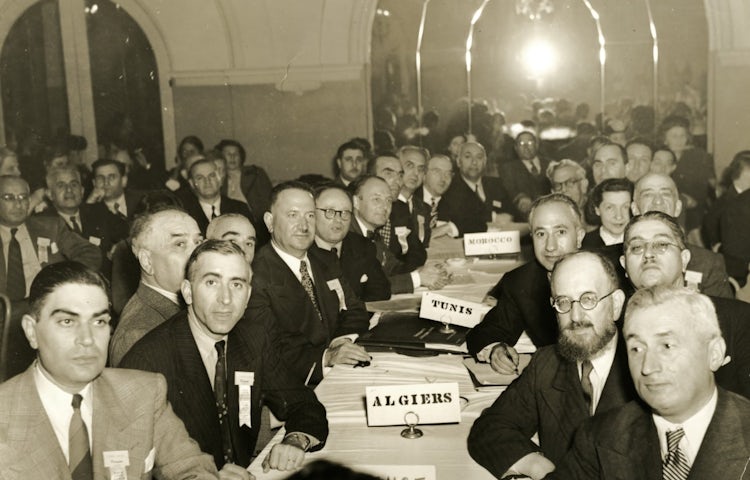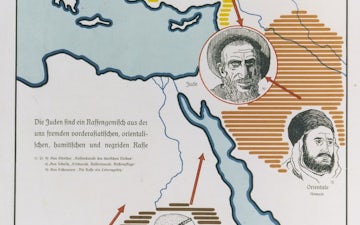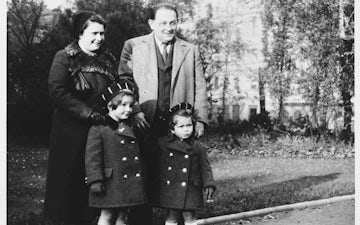
The Holocaust affected people in every country in Europe, and in North Africa, and its legacy continues to be felt worldwide. A precise answer to the question is complicated by changes in national boundaries in Europe before, during and after WW2. Those killed in the Holocaust were mostly murdered in camps and ghettos located in Nazi-occupied Poland, or in shooting operations further east, in the Baltic states, and in the territory of the USSR (present-day Belarus, Ukraine and Russia). In addition, the Jewish communities of Romania, Croatia and Hungary were systematically persecuted and murdered by local forces, both under German command and independently. The victims, however, came from across Europe and from French possessions in North Africa, and could not have been identified, concentrated and transported without local help, or the cooperation of transnational railway networks. For example, the Jews deported from Corfu in June 1944 travelled for nine days, passing through numerous local rail networks as they did so.
The impact of the Holocaust, however, was and is felt well beyond Europe. If we include the countries to which refugees fled, in which relatives received news of their family’s murder, or in which survivors made their homes after WW2, then the Holocaust can be said to have taken place globally.




